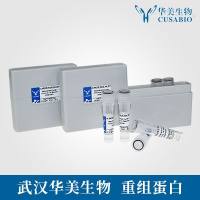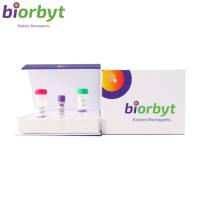The Use of Molecular Beacons to Detect and Quantify MicroRNA
互联网
互联网
相关产品推荐

BAG6/BAG6蛋白/BAG family molecular chaperone regulator 6 (BCL2-associated athanogene 6Imported) (BAG-6) (HLA-B-associated transcript 3) (Protein G3) (Protein Scythe) (BAT3) (G3)蛋白/Recombinant Human Large proline-rich protein BAG6 (BAG6), partial重组蛋白
¥69

Leishmania K39 used to detect the antibody form visceral Leishmania infection 蛋白,orb2309211,biorbyt
¥10530

人前列腺平滑肌细胞MicroRNA
$302

BAG6/BAG6蛋白Recombinant Human Large proline-rich protein BAG6 (BAG6)重组蛋白BAG family molecular chaperone regulator 6 (BCL2-associated athanogene 6Imported) (BAG-6) (HLA-B-associated transcript 3) (Protein G3) (Protein Scythe) (BAT3) (G3)蛋白
¥2208

hmw3/hmw3蛋白/Accessory adhesin protein 3 (Cytadherence accessory protein 3)蛋白/Recombinant Mycoplasma pneumoniae Cytadherence high molecular weight protein 3 (hmw3), partial重组蛋白
¥69
相关问答
相关方法

